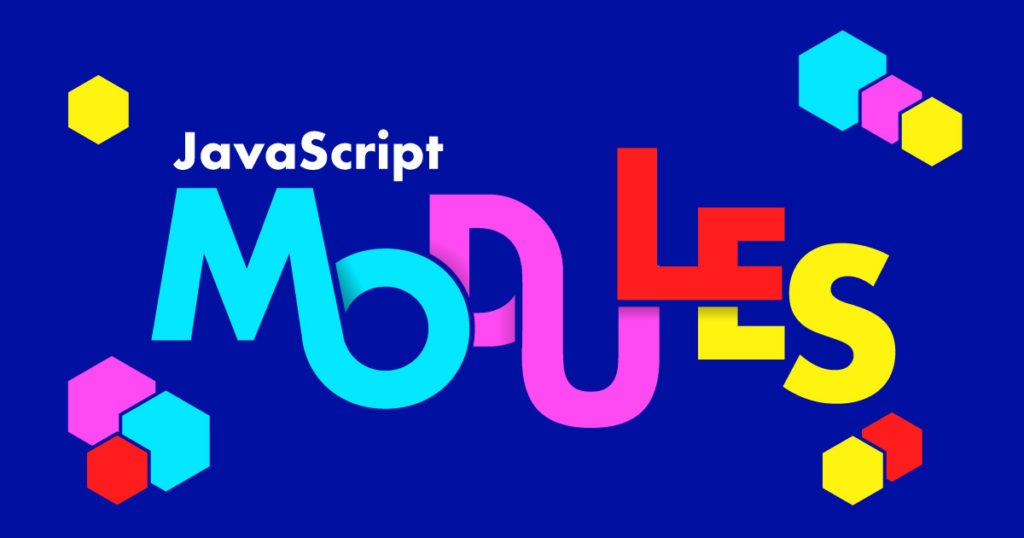
Getting Started with Electron, Typescript, React and Webpack
Justin Ellison | September 17, 2019
If you need to build a desktop application today, Electron is an increasingly common choice. It is cross-platform and is built using the same web technologies that you probably already know. We’re long-time users of Electron at SitePen, and have previously talked about Setting up Electron with Dojo.






